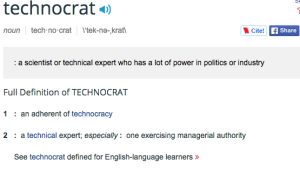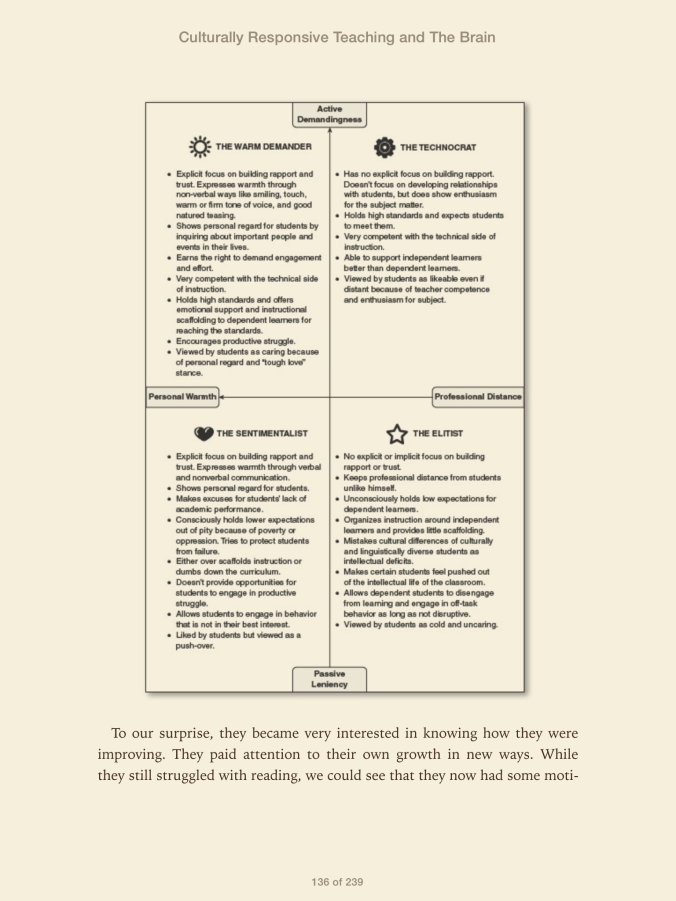I recently watched Gordon Brown’s Ted Talk,
“The power of our moral sense allied to the power of modern communications and our ability to organize internationally. That in my view gives us the first opportunity as a community to fundamentally change the world.” -Gordon Brown
As I reflect on that quote and the competencies required of individuals to change the world in this way, I am reminded of how educating young people can play an important role in developing a truly global society. I see 3 competencies that are vital: ethics, communication and action; with this comes the need to understand multiple perspectives and cultural differences/similarities. What does this look like in elementary school? How do we develop empathy and as Jason Silva mentioned in The Big Picture, extend our gaze to develop a massive transformation of consciousness?
I hear it everywhere… the purpose of education is to foster the ability to think critically and develop skills to be a productive member of society. But, I have also heard (especially in this age of high stakes testing) that the purpose of school for your children is to develop basic skills. Students absolutely need basic skills, but can’t we help students acquire those skills in ways that build a moral compass, empathy, communication and the desire to act?
What I very much appreciated in the article Setbacks Aside, Climate Change Is Finding Its Way Into the World’s Classrooms by Beth Gardiner was the idea of focusing on, “the “handprint” of individuals’ beneficial actions, rather than the harm suggested by an environmental footprint.” I sometimes worry that through news and current events we are depicting the world as very scary and unjust. Yes, we absolutely have many inequities and global problems, but I think if we start using the lens of what “handprints” are being left and what can we learn from those actions we might be able to turn some of these injustices into better learning opportunities for ways our young people can act.
On Wednesday, my class participated in a Google Hangout with Paul Salopek, a Journalist with National Geographic who is walking around the world for 7 years, following the path of early migration. If you have not heard of the Out of Eden Walk, check it out. And, as an educator check out Out of Eden Learn through Project Zero at Harvard. It has been a great way for my students to connect their world with students in Dubai, Australia, and Eastern United States (the countries represented in our walking party).
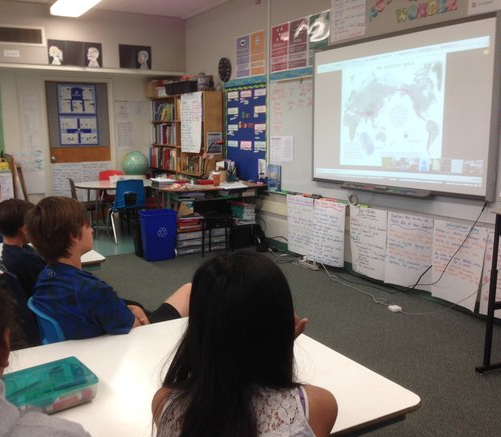
But, back to our Hangout with Paul. One of his messages was human kindness is everywhere. He stated, ”I’m being passed from kindness to kindness”. We have to remember this as much as discuss global problems.
Another way that we have focused on the “handprints” we can leave is when we studied teen activists. I got this idea from Lucy Calkins’ Units of Study in Writing . While students were reading about such issues as slavery, girls who weren’t allowed to go to school due to radical leaders and religious beliefs, or child labor, the focus that there were people out there acting and making a difference was powerful. Yet, while I was hoping they would be inspired and choose to act (I felt like I shouldn’t force them to and I’m not sure if this was the right choice), they have not done so yet. My question is how do we move from knowledge about global problems to acting to change and rid the world of those problems? As I think about that, while they showed a desire to act, they have no idea how to start.
We are starting small. This next week, students will be choosing one thing that they can do to make the world a better place. It can be small or large, but they need to commit to something. We will see how that goes, but I really want it to come from them, so I’m still thinking through this aspect.
Unfortunately, inequities are not just a global problem, they are a problem in our schools as well. When Gordon Brown spoke about how Olof Palme desired to abolish the poor and to let everyone have the chance to realize their potential to the full, it made me think about all the inequities in our schools: tracking, access to technology, access to powerful teaching and learning, etc. How are we doing at providing equitable learning experiences to all our students and are we providing all our students the chance to realize their potential to the full? This reminds me of a blog post I just read by Kristin Gray, a math coach on the east coast, regarding RTI. I agree that we have to develop strong interventions for students. It is vital, but are we being equitable and just in how we are doing it? This is an area we need to focus on. The article Money, Race and Success: How Your School District Compares was yet another reminder of this. We need to do a better job.
One way to improve equitable access to learning is through global education. When we provide all students with opportunities to interact with others and understand multiple perspectives, in addition to learning how to communicate in person, in writing, and online, while also developing empathy for others and providing all students with rich, relevant, meaningful tasks that foster critical thinking skills, we will be one step closer to developing a more just and equitable educational system and improved global society.
Ahhh…always more work to be done.
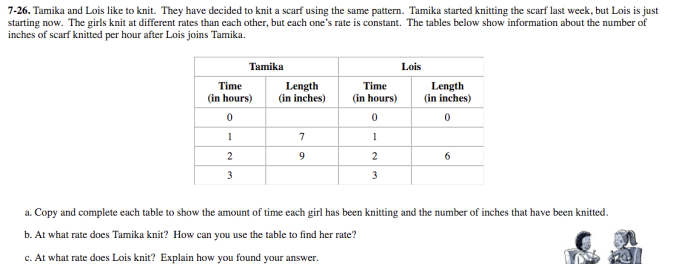
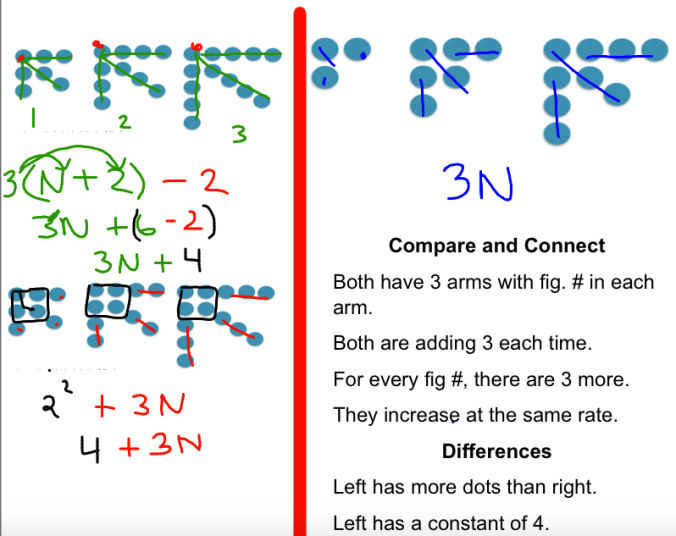
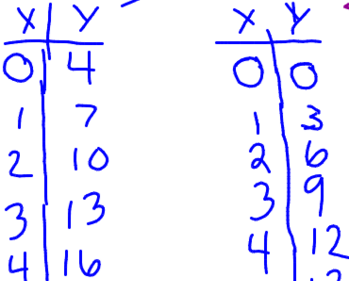
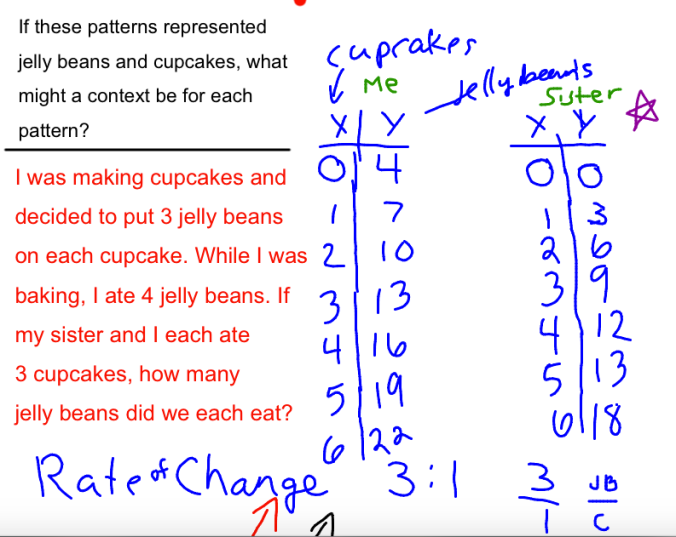
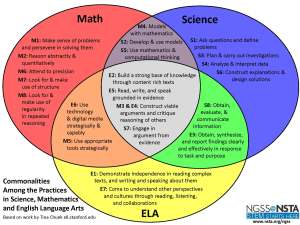
 The content of the book connected both to our study of ancient Egypt/Nubia and to science and the cycling of Earth’s water. We started out the book by learning about the geography of that part of the world in ancient times and comparing it to the time period of the book and how it has changed over time.
The content of the book connected both to our study of ancient Egypt/Nubia and to science and the cycling of Earth’s water. We started out the book by learning about the geography of that part of the world in ancient times and comparing it to the time period of the book and how it has changed over time.
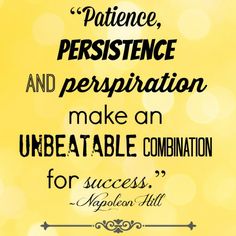
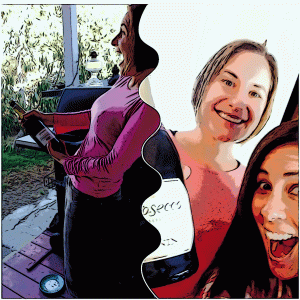






 I grew up watching Dan and Dave, but I bet they didn’t train for every event all day every day. I bet they focused and went deeper in their training.
I grew up watching Dan and Dave, but I bet they didn’t train for every event all day every day. I bet they focused and went deeper in their training.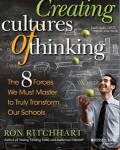
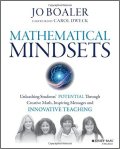
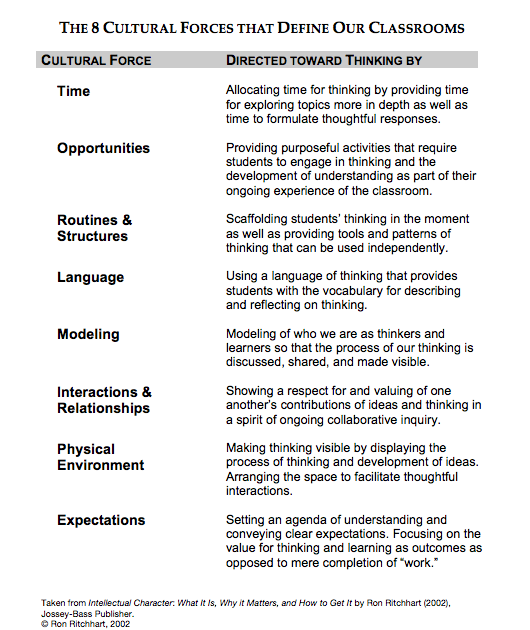
 By the way, why is it that I could not find a single positive clip art of a parent and child doing math together. Reading? It’s all over the place. Math? It is always an image of frustration. Ughhh…
By the way, why is it that I could not find a single positive clip art of a parent and child doing math together. Reading? It’s all over the place. Math? It is always an image of frustration. Ughhh…
 from http://www.visualpatterns.org (amazing amazing blog of patterns that Fawn Nguyen has compiled) and one student said,
from http://www.visualpatterns.org (amazing amazing blog of patterns that Fawn Nguyen has compiled) and one student said,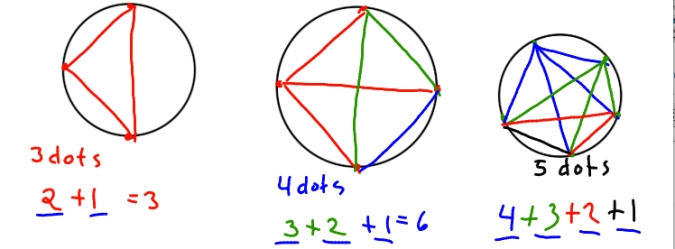 and then we looked for relationships in Picturing Triangle Numbers
and then we looked for relationships in Picturing Triangle Numbers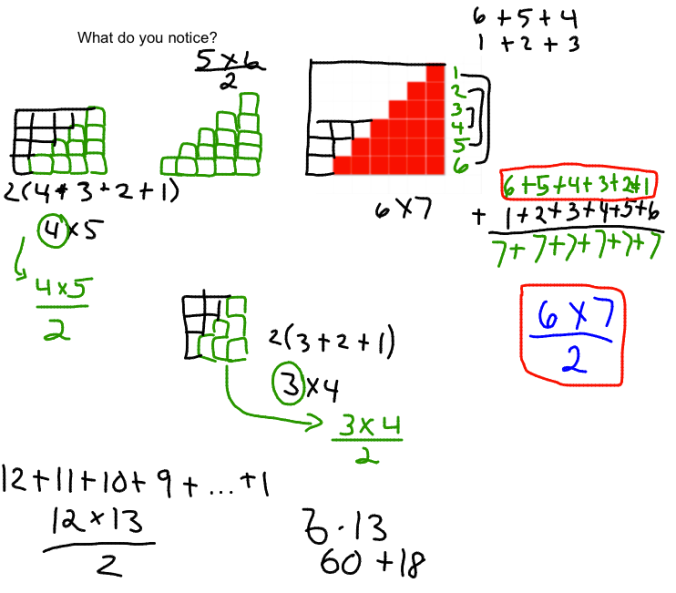

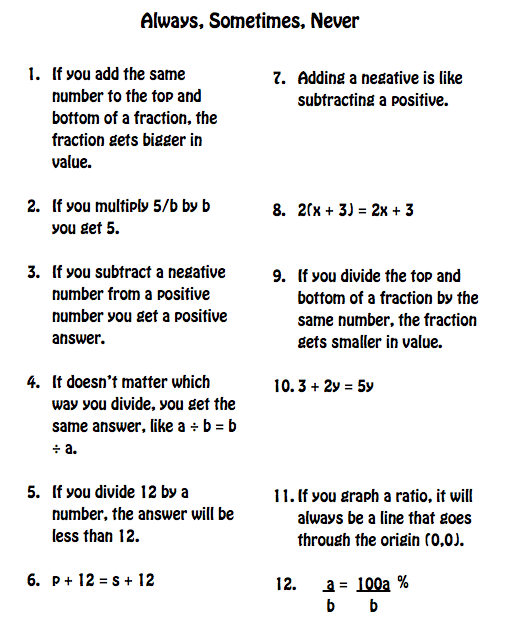

 we first started out with some Noticing and Wondering. This I have come to believe is one of the best habits my students can develop. It creates engagement and as Jo Boaler states in Mathematical Mindsets, “the desire to understand it and to think about it.”
we first started out with some Noticing and Wondering. This I have come to believe is one of the best habits my students can develop. It creates engagement and as Jo Boaler states in Mathematical Mindsets, “the desire to understand it and to think about it.”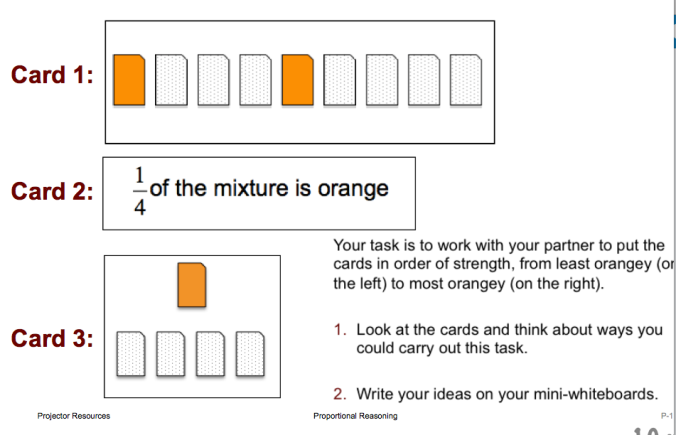
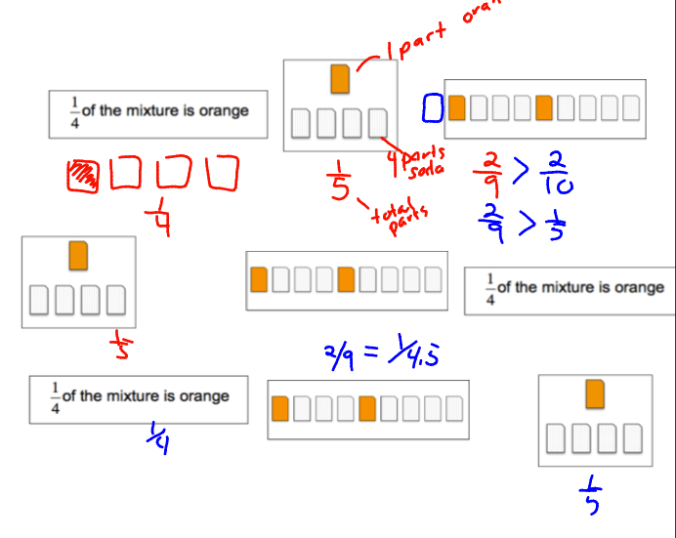

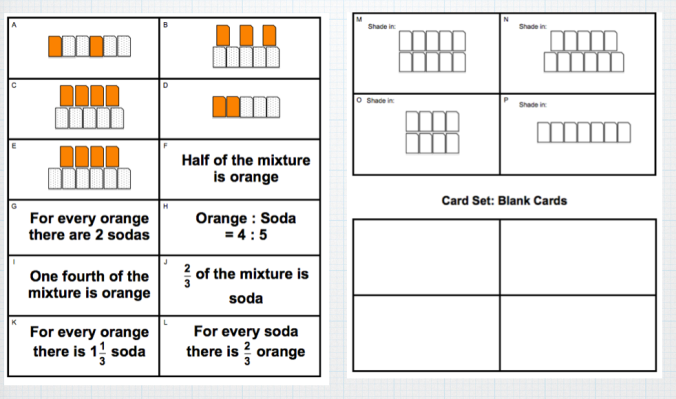

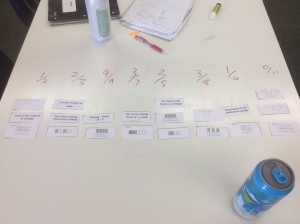
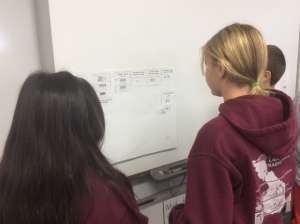 They then had a follow up task of mixing drinks but with 3 ingredients. My job now is to analyze their strategies and depending on how they did, we will look at my 3 favorite mistakes and Trouble Shoot and Revise or Compare and Connect Strategies. So what comes after that? Good question.
They then had a follow up task of mixing drinks but with 3 ingredients. My job now is to analyze their strategies and depending on how they did, we will look at my 3 favorite mistakes and Trouble Shoot and Revise or Compare and Connect Strategies. So what comes after that? Good question.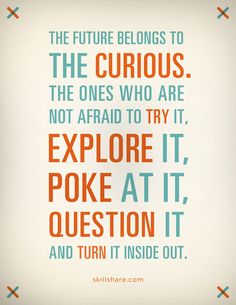
 I had to assign a numeric score to report cards, but it often felt conflicting to our classroom focus on learning. Then came conferences and instead of always just focusing on students’ thinking, learning, how they were improving, and focusing on the new goals they created, I could feel our conversation more focused on the evaluation of skills. It is really fascinating how difficult it is to change our culture of school from performance to true learning.
I had to assign a numeric score to report cards, but it often felt conflicting to our classroom focus on learning. Then came conferences and instead of always just focusing on students’ thinking, learning, how they were improving, and focusing on the new goals they created, I could feel our conversation more focused on the evaluation of skills. It is really fascinating how difficult it is to change our culture of school from performance to true learning.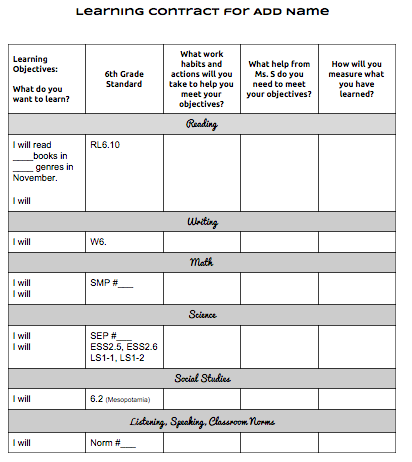

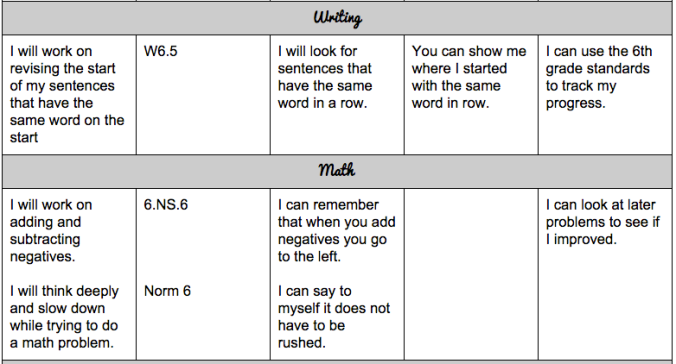

 It was clear who were independent learners and had internalized how to learn and which students still need support in thinking routines that can help them to learn and understand.
It was clear who were independent learners and had internalized how to learn and which students still need support in thinking routines that can help them to learn and understand.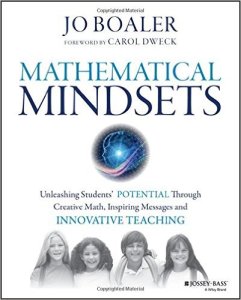
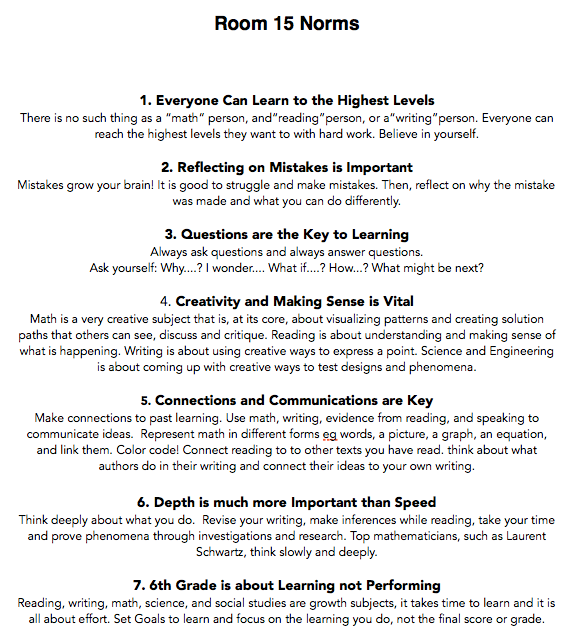 (adapted from Jo Boaler’s Math Norms…I added in what each might look like in different subjects as well since the students are in a multi-subject classroom.)
(adapted from Jo Boaler’s Math Norms…I added in what each might look like in different subjects as well since the students are in a multi-subject classroom.)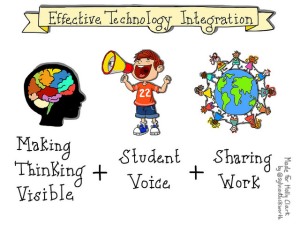
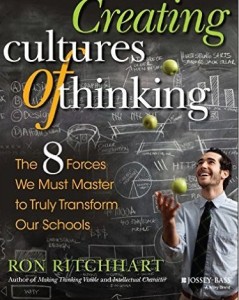 Wow!, I have so much to process and discuss with others about this one. Where do I start?
Wow!, I have so much to process and discuss with others about this one. Where do I start?

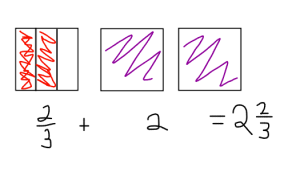
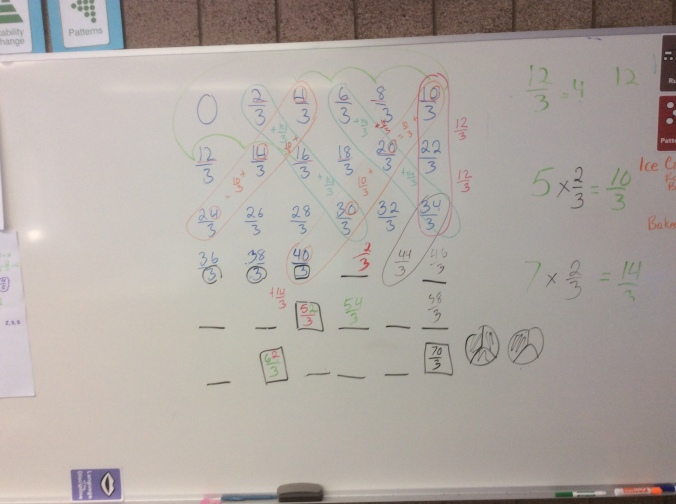

 I recently had a meeting with the 6th grade teachers in my district and we had to discuss 1 of 4 topics: program assessment, program pacing and planning, differentiation, and program technology. I am not sure why we were doing this? What outcome was expected? But, It was through this discussion that I noticed people, myself included, allowing the program (in this case the textbook) to make their instructional decisions instead of they, the teachers, making the instructional decisions based on their students’ needs. And, when they did, there was an underlying sense of guilt of not following the program or of doing something wrong. That frustrates me to no end. What it comes down to is people want to follow directions and do what is right. But, my question is what is more right? Is it to follow the program or to follow students’ needs? (That was rhetorical. 🙂 ) We need to remind ourselves that we must do right by our students and not the program.
I recently had a meeting with the 6th grade teachers in my district and we had to discuss 1 of 4 topics: program assessment, program pacing and planning, differentiation, and program technology. I am not sure why we were doing this? What outcome was expected? But, It was through this discussion that I noticed people, myself included, allowing the program (in this case the textbook) to make their instructional decisions instead of they, the teachers, making the instructional decisions based on their students’ needs. And, when they did, there was an underlying sense of guilt of not following the program or of doing something wrong. That frustrates me to no end. What it comes down to is people want to follow directions and do what is right. But, my question is what is more right? Is it to follow the program or to follow students’ needs? (That was rhetorical. 🙂 ) We need to remind ourselves that we must do right by our students and not the program.

 Both have some strong mathematics.
Both have some strong mathematics. “Do them! Take something out that you don’t feel is as impactful and do a Number Talk in its place.”
“Do them! Take something out that you don’t feel is as impactful and do a Number Talk in its place.”
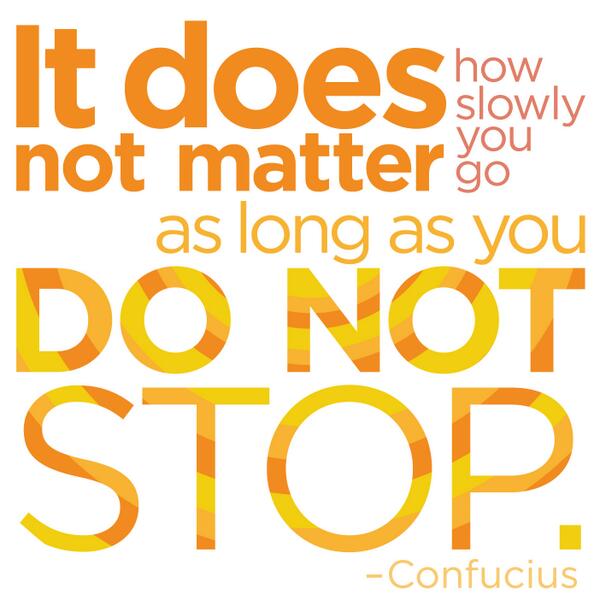
 I have only the most surface level understanding of cells: cell structures, their functions, and what the progression of learning is. Thus, I really struggle with leading a discussion on it. I don’t know what questions to pose, what are prerequisite skills, really how far my 6th graders are suppose to go in the topic, and all of that makes it really hard to teach. I have been researching cells, watching videos, doing what I can, studying NGSS, but I am only minute ahead, not even a day ahead of my students. I then run out of time to plan the best way to help my students acquire the information and use it. I have done some good things, such as our inquiry about the hydrogen peroxide and chicken liver and potato, but I didn’t follow up with the depth that I know I should have.
I have only the most surface level understanding of cells: cell structures, their functions, and what the progression of learning is. Thus, I really struggle with leading a discussion on it. I don’t know what questions to pose, what are prerequisite skills, really how far my 6th graders are suppose to go in the topic, and all of that makes it really hard to teach. I have been researching cells, watching videos, doing what I can, studying NGSS, but I am only minute ahead, not even a day ahead of my students. I then run out of time to plan the best way to help my students acquire the information and use it. I have done some good things, such as our inquiry about the hydrogen peroxide and chicken liver and potato, but I didn’t follow up with the depth that I know I should have.
 The tension is great. It is easy to know what the research says. It is easy to say what to do. But, doing it is a whole other level. I will get there. I will keep exploring, reflecting, and ultimately find the right balance.
The tension is great. It is easy to know what the research says. It is easy to say what to do. But, doing it is a whole other level. I will get there. I will keep exploring, reflecting, and ultimately find the right balance.
